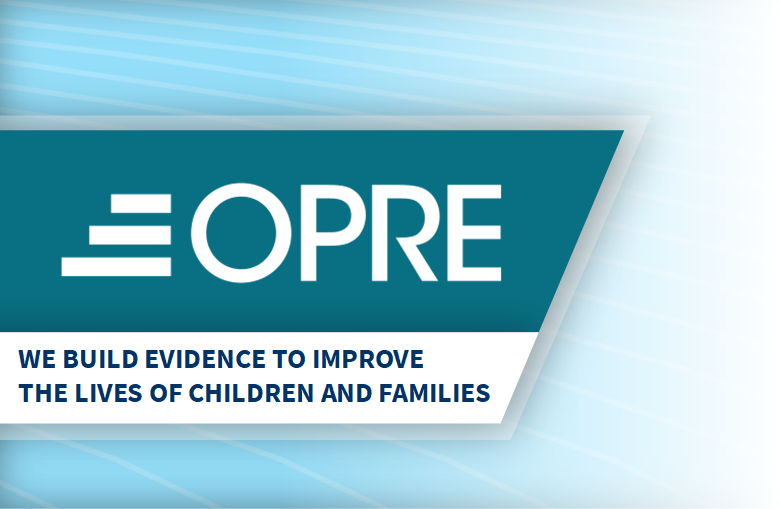Introduction
Two-generation initiatives intentionally combine intensive, high quality adult-focused services with intensive, high quality child-focused programs to improve outcomes for children, primary caregivers, and families. The goal of integrating services for primary caregivers and their children is to achieve better outcomes than those accomplished by serving each generation in isolation (Chase-Lansdale and Brooks-Gunn 2014; Sama-Miller et al. 2017). Research suggests that to effectively support families, these services should be high quality, intensive, and intentionally aligned (Sama-Miller et al. 2017).
In the Next Steps for Rigorous Research on Two-Generation Approaches (NS2G) project, researchers from Mathematica (referred to in this brief as technical assistance, or TA, providers) partnered with four two-generation initiatives to conduct formative evaluations. These evaluations aimed to help the initiatives strengthen the quality, intensity, and intentionality of the services they offer to primary caregivers and their children.
This project is part of a portfolio of research focused on coordinated services to support children and families. Projects within this research portfolio address the intentional coordination of two or more services. These projects span OPRE’s program-specific research portfolios, including child care, Head Start, home visiting, child welfare, and welfare and family self-sufficiency. More information about OPRE’s Coordinated Services projects can be found at Coordinated Services Research and Evaluation Portfolio.
Purpose
This brief is the second of three briefs that aim to support future evaluations in the field of two-generation approaches. This second brief highlights the experiences of the four initiatives participating in NS2G to demonstrate how practitioners of other two-generation initiatives can use research techniques to strengthen the implementation of their initiative before evaluating program effectiveness.
This brief is intended for practitioners who provide two-generation services and seek to strengthen their initiative using formative evaluation, as well as their evaluation partners. Appendix A in this brief includes a tool designed to help practitioners (1) identify a key implementation challenge related to delivering services to achieve outcomes for children, primary caregivers, and families, and (2) develop solutions to address the challenge.

